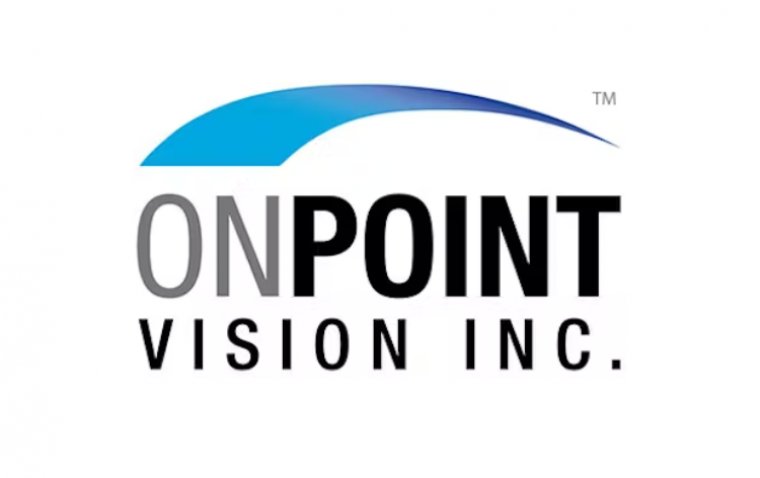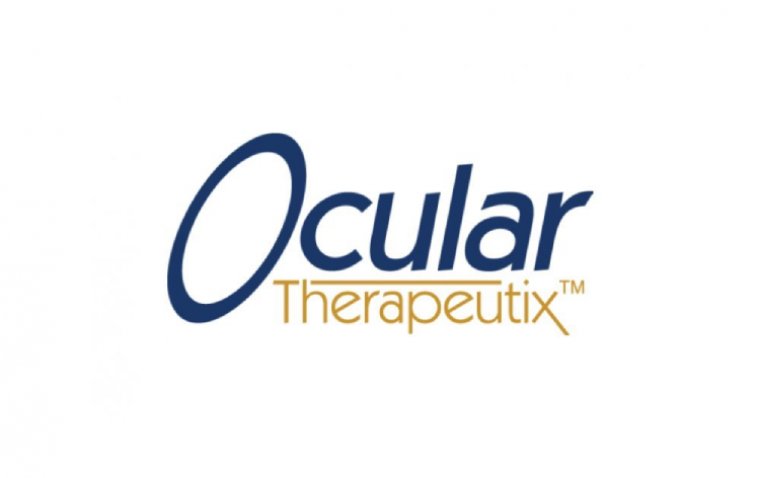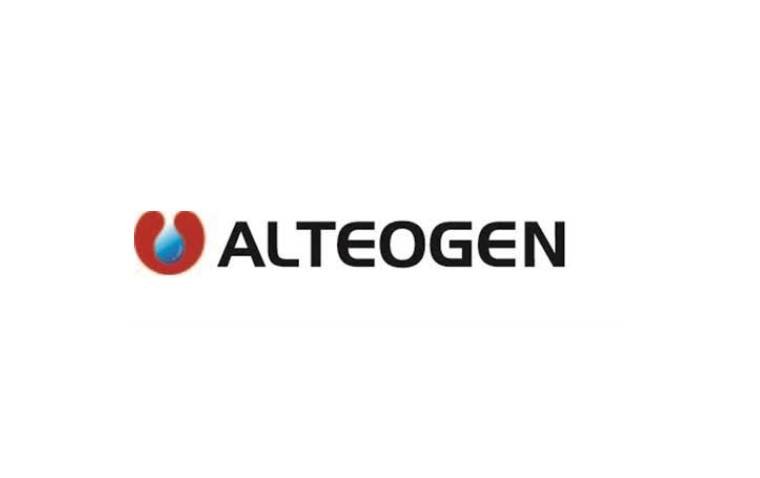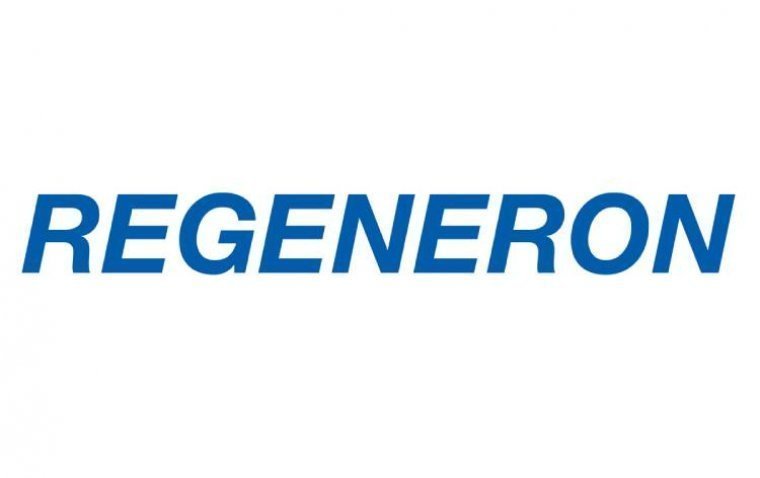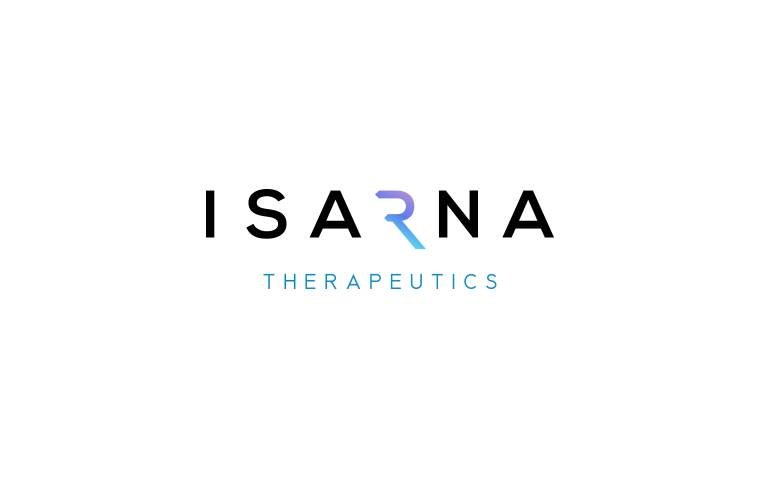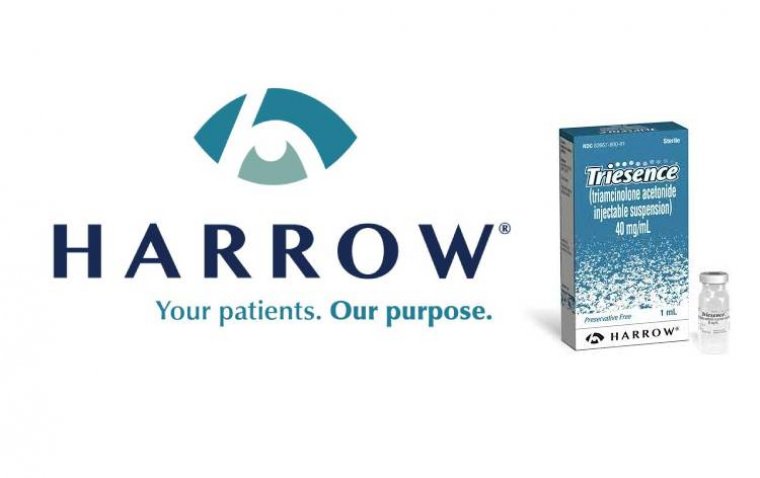
Harrow Pharmaceuticals Announces Successful PPQ Batch for Triesence Relaunch
Harrow Pharmaceuticals announced its efforts to relaunch Triesence (triamcinolone acetonide injectable suspension) 40 mg/mL in the United States market. The company announced the successful manufacture of the first of three commercial-scale Process Performance Qualification (PPQ) batches required for the relaunch.
Triesence, a preservative-free synthetic corticosteroid approved by the FDA, is used during vitrectomy procedures and for treating ocular inflammatory conditions that do not respond to topical corticosteroids.
Progress Towards Production Completion
According to Harrow, the second and third PPQ batches are now scheduled, with completion expected to finalize the new production process for Triesence, enabling a relaunch in 2024 pending successful batch specifications.
"Triesence has been on the FDA Drug Shortage List for over 5 years, with U.S. inventories depleted for more than 2 years," stated Mark L. Baum, Chairman and CEO of Harrow Pharmaceuticals, in a news release. "We are committed to reintroducing Triesence to meet the needs of ophthalmologists and retina specialists in the U.S."
Baum highlighted the collaborative effort across multiple regions—South America, Europe, and the United States—to revamp the manufacturing and testing processes for Triesence. He expressed confidence that these efforts improve prospects for completing the qualification process successfully and building commercial inventories going forward.
Accelerating Production and Preparing for Market Entry
"While our initial inventory build may not fully meet market demands initially, we are working closely with our manufacturing partner to accelerate additional batch production," Baum added. Harrow's commercial leadership is already engaging in pre-commercialization activities, including discussions with strategic accounts to secure pre-orders for the anticipated initial inventory of Triesence.
About Ocular Inflammation
Ocular inflammation refers to a broad spectrum of conditions where the tissues of the eye become inflamed due to various causes, including infections, autoimmune diseases, trauma, or chemical exposure. This inflammation can affect different parts of the eye, such as the conjunctiva, sclera, cornea, uvea, and retina, leading to symptoms such as redness, pain, blurred vision, sensitivity to light, and in severe cases, vision loss. Treatment typically involves addressing the underlying cause, often with topical or systemic corticosteroids to reduce inflammation and manage symptoms.
(1).jpg)
